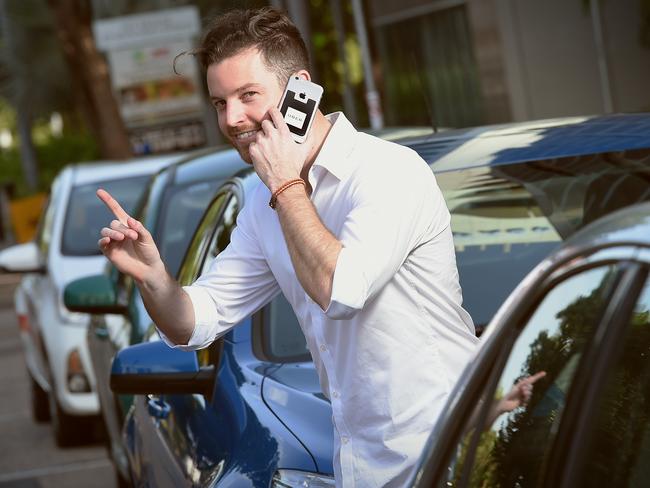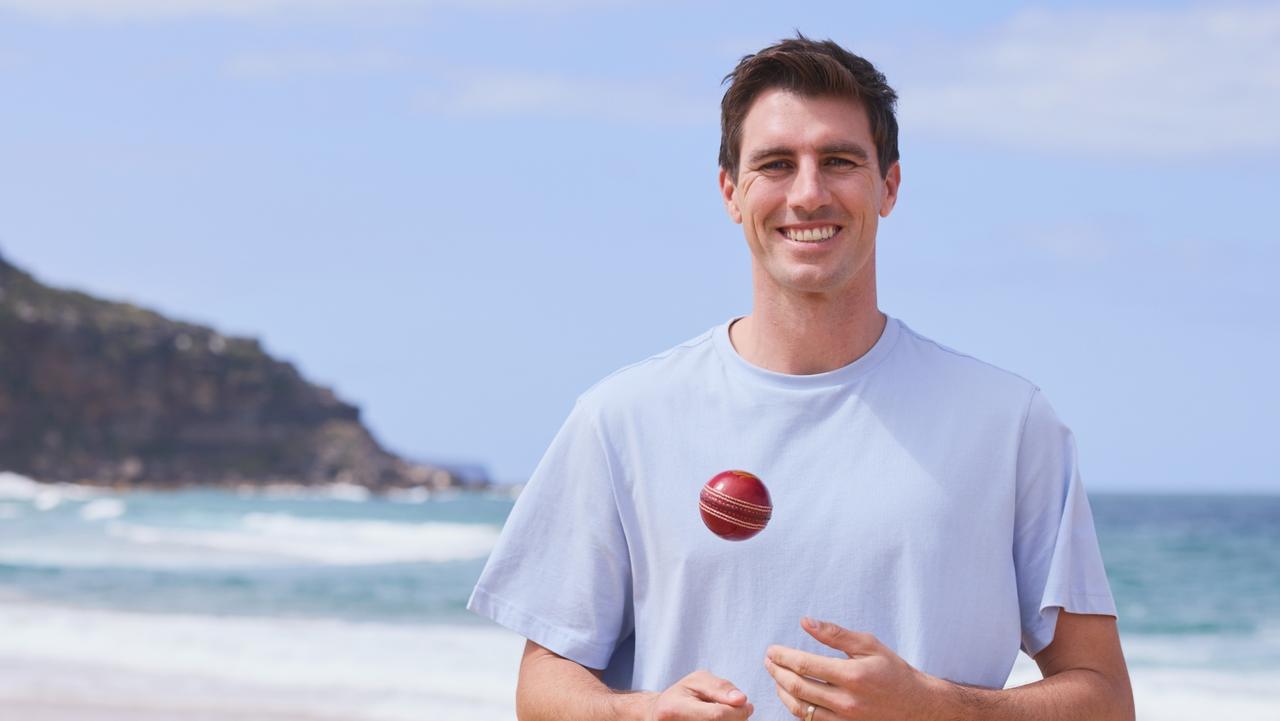Uber now legalised in five states and territories in Australia plans to start UberPOOL
FIRST it changed the way we get from A to B. Now online travel business Uber wants to change who you ride with along the way.
Travel
Don't miss out on the headlines from Travel. Followed categories will be added to My News.
FIRST it changed the way we get from A to B. Now Uber is set to change who you ride with along the way.
This week in Queensland, the Palaszczuk Government has legalised ride sharing services including Uber while allowing taxis to retain exclusive rank and hail rights. The Victorian government is expect to legalise Uber this month, three years after it started operating in that state, and Tasmania likewise has regulation on the way. Already there are ride sharing regulations in New South Wales, the Australian Capital Territory, Western Australia and South Australia.

With Uber now firmly established as an alternative to catching a taxi, despite the virulent opposition of the taxi industry, the app-based transport option has a new measure to further shake up the Australian market.
UberPOOL, the ride sharing scheme where people split the cost of a ride with a stranger heading in the same direction, is set to be launched in Australian in the next few months. The Sydney and Melbourne markets will be first with the other states and territories to follow.
While the idea of carpooling is far from revolutionary, particularly when put against Uber’s core business which has controversially transformed public transport around the world, the impact in terms of fewer cars on the road is substantial.
In San Francisco, where Uber has its headquarters, 40 per cent of Uber trips are pooled. In the first three months of this year, ride sharing with UberPOOL eliminated 34 million kms of car trips, which is equivalent to 3800 tonne of CO2 emissions. In Los Angeles, a city where the car is typically the first and only choice of transport for many, people took five million pool trips in the first eight months of the service.
WOULD YOU CAR POOL? TELL US BELOW

Uber began, as many ideas do, out of desperation when two blokes were stuck on a cold night trying and failing to get a cab. The idea for a better system of getting a ride has evolved from that snowy night in Paris in 2008 when Travis Kalanick and Garrett Camp just wanted to get warm to a juggernaut where the San Francisco-based start-up is spreading around the world.
After years of running at a loss, Bloomberg reports that Uber met its promise to reach profitability in the US by the middle of this year.
Uber has been valued at US$68 billion, which makes it a bigger company than General Motors, Ford or Honda. This month it announced it was selling off its deeply unprofitably China business, in a move that is widely seen as a step closer to an IPO, possibly later this year.
While taxi drivers who have invested heavily into their business have good reason to hate it, people looking to get a ride have backed it in the most basic way, putting their bums on car seats in 450 cities and 73 countries around the world.
Roy Morgan Research says more than one million Australians have downloaded the Uber app, and the take up is particularly big with younger generations. More than six in 10 Australians under 35 have the Uber app on their smartphone.
Uber’s own stats show that more than 1.5 million Australians have caught a ride with more than 36,000 drivers.

But it’s not all smooth sailing. Uber has been banned in The Netherlands and parts of India, China and Thailand and been banned in Alaska until it complies with state laws.
But all of this is just stage one of the Uber grand plan.
In the past few weeks, Uber has embarked on its own digital mapping program, looking to ditch Google Maps and has invested A$663 million into creating its own digital maps, hiring former Google Maps chief Brian McClendon to oversee the project.
The announcement of the mapping project is a public reminder that while the taxi industry is focused on the fleet of UberX vehicles that are taking away its business, the long-term vision for ride sharing companies is to ditch the drivers altogether.
The Uber mapping project will ignore the bits it doesn’t need in digital maps, like ocean topography, and focus on the information that would enable a driverless vehicle to be safe and efficient, such as traffic flows and drop-off locations.
Uber’s first self-driving car was spotted doing trials on the streets of Pittsburgh in May. Lyft, a rival ride sharing service not available in Australia, plan to trail self-driving taxis with a year.
Uber teamed with the Carnegie Mellon University to open the Advanced Technologies Centre at the start of last year, although the relationship with the university was tested when scores of its top researchers jumped ship lured by the research possibilities, and the private sector pay packages that Uber offered.
Two months ago Jeff Holden, Uber chief product officer, told a technology conference in San Francisco that self-driving Uber cars are coming “sooner than you think”, with the development of driverless cars being a “major priority” for Uber.

WHAT IS UBER AND WHAT DOES IT DO?
UBER is a point-to-point ride sharing service in which private individuals drive their own cars. A passenger books and pay for their ride through the Uber app and rates the driver for their service. But there is more to Uber than people using their family car to drive strangers around for a fee.
Other Uber initiatives are:
*UberEATS, available in Melbourne and Sydney, in which you order food from a nearby restaurant and pay for the meal, and the delivery, through your Uber account. Uber says the average order takes 35 minutes to be delivered to your door.
*UberPOOL: The carpool version of Uber. You will only share your Uber ride if you book your journey as an UberPOOL, and you only have to share your ride if the app detects someone else willing to book an UberPOOL along the route you are going. When it was launched in Los Angeles, UberPOOL had more than 5 million trips in the first eight months. UberPool is in 41 cities and has down 100 million trips so far, with 40 per cent of San Francisco rides now UberPOOL. Expected to be launched in Melbourne and Sydney this year.
*UberRUSH: an on-demand courier service currently available in San Francisco, Chicago and New York.
*UberCOMMUTE: Available in Sydney and Melbourne with Brisbane and Perth expected to follow soon. The feature lets drivers find people who want to grab a ride on their commute to and from work. It’s pitched either at part-time Uber drivers or people who just want to be an Uber driver on their commute, with the income from picking up a passenger to helping to cover commuting costs.
* Uber extras: Beyond the ride sharing, there are one day promotions that include having puppies, kittens and ice cream delivered to your door — but not all at once, unfortunately. There are also Uber vehicles unique to parts of the world. In Istanbul you can catch an UberBOAT, in Shangahi you can get an UberCHOPPER, in India it’s the UberGO hatchbacks and in Bangkok you can grab a ride on the back of a UberMOTO motorbike.
TWITTER:@Chesterrod
EMAIL: rod.chester@news.com.au
Originally published as Uber now legalised in five states and territories in Australia plans to start UberPOOL


